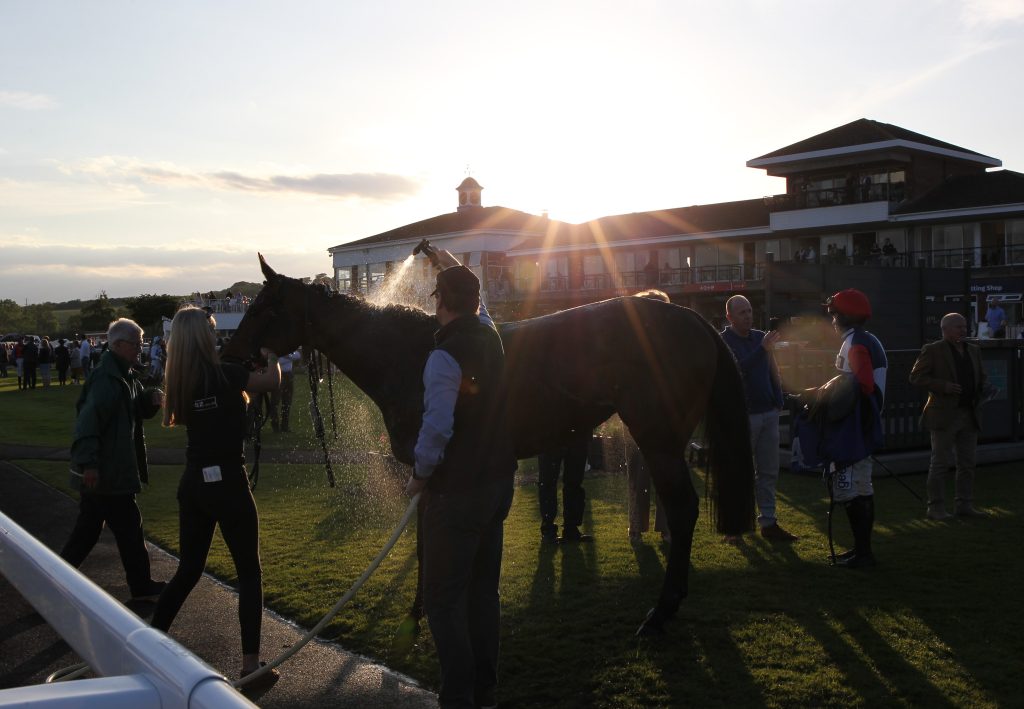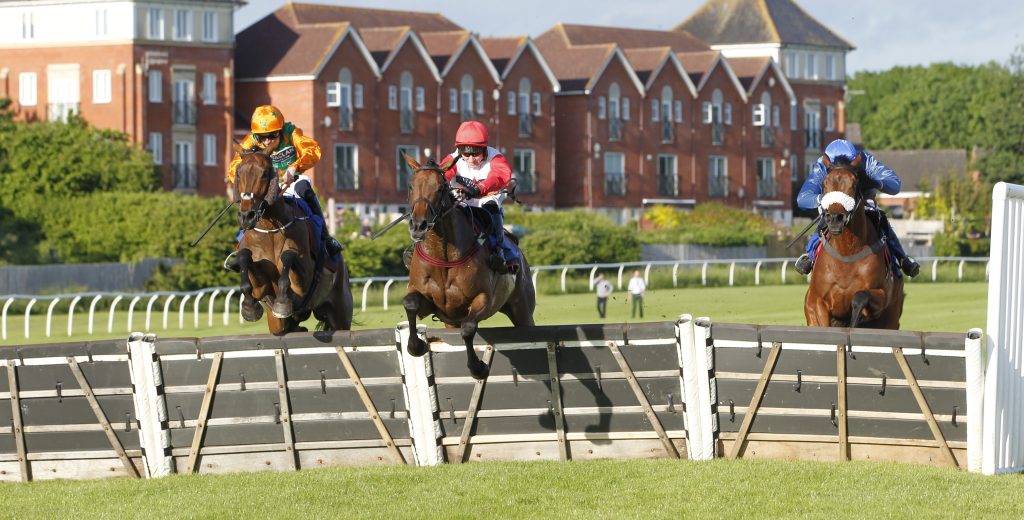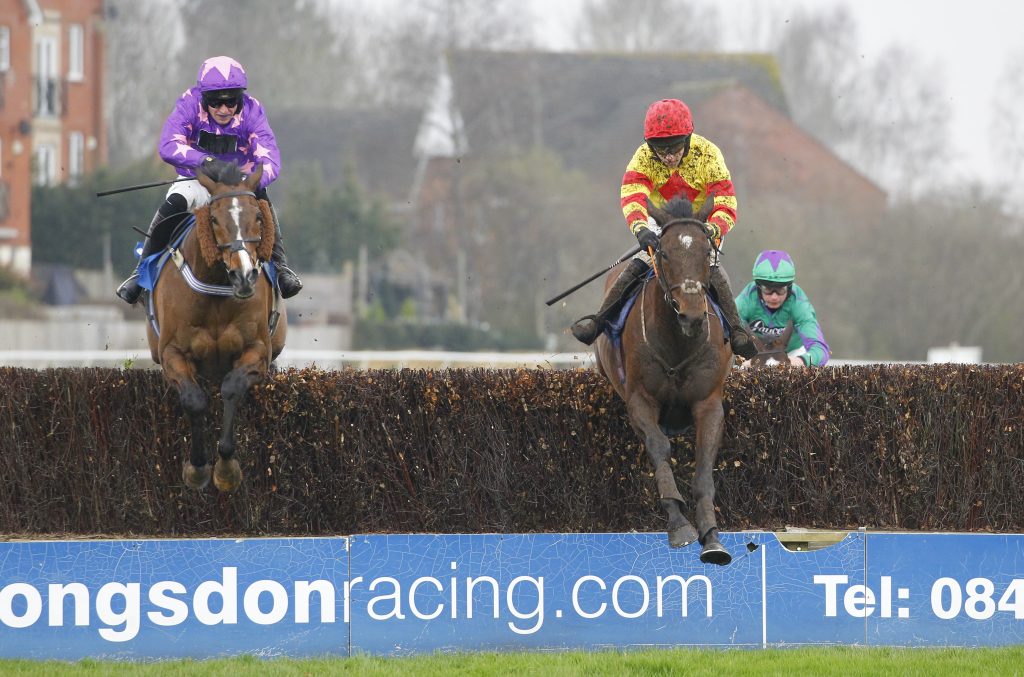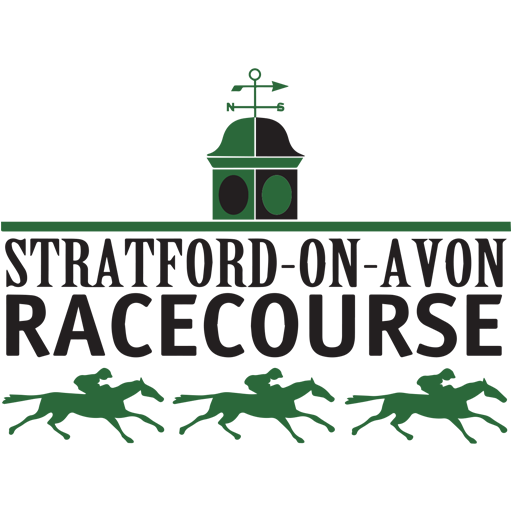Stratford upon Avon is a unique race course, with some of the smallest jumps in the country and a tight circuit that is in stark contrast to galloping tracks like Cheltenham or Haydock Park. Yet that does not mean it provides less excitement. These races are often much faster than others that contain more imposing obstacles. If you are new to racing and feel unsure of the types of races available in UK jump racing, then we can help you understand the different divisions, and the nuances of particular race types.

National Hunt Flat Races
National Hunt is the name given to jump races. They differ from flat races in that they are often over much longer distances and contain obstacles, making them much more a test of endurance and jumping ability than speed. There are plenty of horse racing guides that will help you understand the differences and how to bet on them. However, quite confusingly, these national hunt races also provide flat racing.
Often known as bumpers, they are races for horses bred for National Hunt races that will at some point be jumping fences and hurdles. The title stems from a time when the pool of riders included amateur and novice riders, and refers to their weaker riding style which included bumping along on the horse’s back instead of driving a finish rather neater. These bumper races are only open to horses seven years and under. Horses must also exclusively have only raced in bumpers before, and are limited to just 4 runs before they must graduate to a hurdle or chase.
Hurdle Races
Hurdling is a race type where horses must jump over obstacles, commonly known as hurdles. They differ from fences, also used in racing, as they are smaller. The fences are made from brush and are very flexible. Combined with their low ground clearance, these races tend to be faster than ones that contain fences. They also attract many flat race horses that have changed to an obstacle-based race. The jumping style over a hurdle is much flatter; a well seasoned horse will flick through the top of the hurdle without losing momentum in a flat trajectory, barely losing its stride pattern. Hurdles can be uprooted by poor jumps too, unlike a steeplechase fence, which will always come off best in a fight!

Races of this type generally have a distance of two miles or longer, with a minimum eight hurdles in a race. Any horse who has never won a race of this type before can compete in novice hurdles, or a maiden hurdle, defined as open to those that have not yet won. Novices can carry on for the season in which they pick up their first win. This is often a reason why good quality maidens that have been placed in high quality races toward the end of a season are held back for a clean shot at a full second season in the novice category, where their experience will hold them in better stead than a new generation coming through.
Steeplechase Races
A chase is a shortened way of describing a steeplechase. These are races that include fences as obstacles, which are larger than hurdles. Each one is a minimum four feet 8inches high. However, they are not the only obstacles and water and open ditches can also be included. The water provides an excellent spectacle in front of the stands at Stratford. The races are run between two miles to four and a half miles.

The types of horses in these races are generally older with more experience. They will likely have run over hurdles before and will have the stamina to complete a more demanding race. Races of this kind do not use starting stalls. Instead, jockeys will walk the horse towards a tape which is released when the race begins.
Just like hurdling, there are also novice and maiden chases. These are for horses without a win over fences and horses can run until the end of the season they win in. Confusingly, however, a horse having won a point-to-point in Ireland can start his career over here as a maiden. And over in France, there are 4 year olds chases, limited to younger horses, meaning often French-bred horses are more precocious than their British and Irish contemporaries.
One further category common to Stratford’s Spring season is Hunter Chases, limited to horses that have not competed in professional races since mid-October of the previous year, and to be ridden by amateur riders. These are usually competing in point-to-point races, where the type of race is always a conditions race. Stratford is unique in staging the sport’s only Hunter chase handicap.
Handicaps
Each category of race except National Hunt Flat races offers a ladder of excellence up which a horse may climb, starting with Novice events, graduating to Handicaps, where horses carry different weights allotted by an official handicapper who has assessed their performances to date. There are often Novice handicaps too, where unexposed horses can be afforded an advantage by the handicapper’s lack of knowledge of their ability.
In the race conditions, you’ll see a classification of each race, from Grade I (sadly none at Stratford) to Class 5. Handicaps are also managed so that they are framed for horses of a similar standard each time; eg: rated 0-120. This means the top-rated horse would carry 8st 5lb (120lb) in an open competition of all the horses in Britain.
Weight for Age Races
The traditional model of race is commonly known as a Conditions race, where horses are allotted a weight depending on their age, in a time-honoured scale devised by Admiral Henry Rous, who served in the Royal Navy in the Napoleonic era, but is best known in racing circles for devising the weight for age scale back in 1855. Penalties can be incurred by horses for races won, either in quantity or value.
A horse’s weight may not exceed 11st 12lb under Rules, irrespective of the volume of penalties.
Once you know these types of races, you will find many different subcategories that you should take a look at. The most common are graded races, where horses with a certain form and record compete. There are also listed races which involve handicaps for horses. Do some research, understand your races and enjoy the season ahead.
